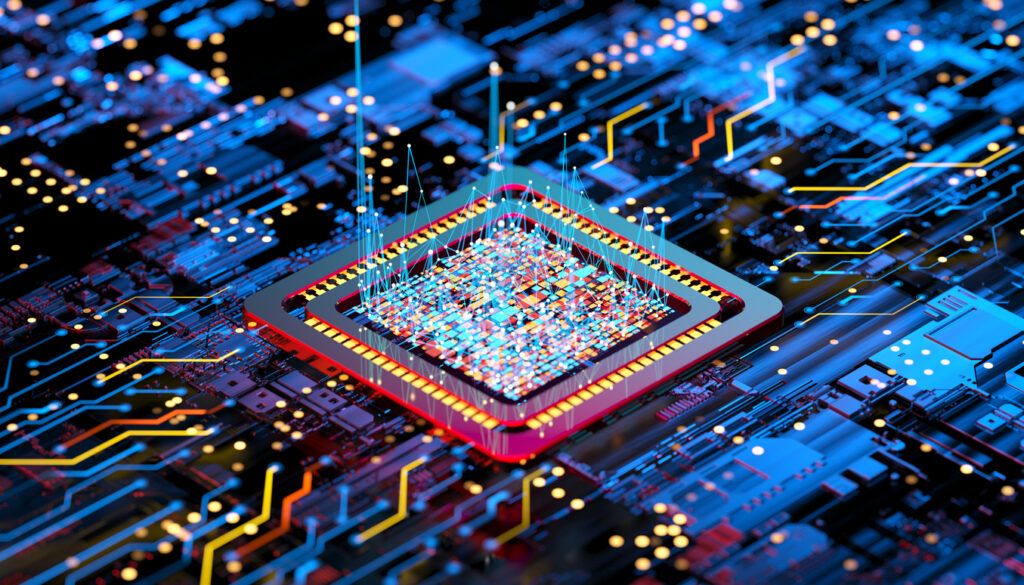Hook: Did you know 40% of AI teams choose underperforming GPUs because they compare specs, not actual workloads? One company wasted $217,000 on overprovisioned A100s before realizing RTX 4090s delivered better ROI for their specific LLM. Let’s fix that.
1. Why Your GPU Spec Sheet Lies (and What Actually Matters)
Comparing raw TFLOPS or clock speeds is like judging a car by its top speed—useless for daily driving. Real-world bottlenecks include:
- Thermal Throttling: A GPU running at 85°C performs 23% slower than at 65°C (NVIDIA whitepaper)
- VRAM Walls: Running a 13B Llama model on a 24GB GPU causes constant swapping, adding 200ms latency
- Driver Overhead: PyTorch versions can create 15% performance gaps on identical hardware
Enterprise Pain Point: When a Fortune 500 AI team tested GPUs using synthetic benchmarks, their “top performer” collapsed under real inference loads—costing 3 weeks of rework.
2. Free GPU Tools: Quick Checks vs. Critical Gaps
| Tool | Best For | Missing for AI Workloads |
| UserBenchmark | Gaming GPU comparisons | Zero LLM/inference metrics |
| GPU-Z + HWMonitor | Temp/power monitoring | No multi-GPU cluster support |
| TechPowerUp DB | Historical game FPS data | Useless for Stable Diffusion |
⚠️ The Gap: None track token throughput or inference cost per dollar—essential for business decisions.
3. Enterprise GPU Metrics: The Trinity of Value
Forget specs. Measure what impacts your bottom line:
Throughput Value:
- Tokens/$ (e.g., Llama 2-70B: A100 = 42 tokens/$, RTX 4090 = 68 tokens/$)
- Images/$ (Stable Diffusion XL: 3090 = 1.2 images/$, A6000 = 0.9 images/$)
Cluster Efficiency:
- Idle time >15%? You’re burning cash.
- VRAM utilization <70%? Buy fewer GPUs.
True Ownership Cost:
- Cloud egress fees + power ($0.21/kWh × 24/7) + cooling can exceed hardware costs by 3×.
4. Pro Benchmarking: How to Test GPUs Like an Expert
Step 1: Standardize Everything
- Use identical Docker containers (e.g.,
nvcr.io/nvidia/pytorch:23.10) - Fix ambient temp to 23°C (±1° variance allowed)
Step 2: Test Real AI Workloads
WhaleFlux API automates consistent cross-GPU testing
benchmark_id = whaleflux.create_test(
gpus = [“A100-80GB”, “RTX_4090”, “MI250X”],
models = [“llama2-70b”, “sd-xl”],
framework = “vLLM 0.3.2”
)
results = whaleflux.get_report(benchmark_id)
Step 3: Measure These Hidden Factors
- Sustained Performance: Run 1-hour stress tests (peak ≠ real)
- Neighbor Effect: How performance drops when 8 GPUs share a rack (up to 22% loss!)
5. WhaleFlux: The Missing Layer in GPU Comparisons
Raw benchmarks ignore cluster chaos. Reality includes:
- Resource Contention: Three models fighting for VRAM? 40% latency spikes.
- Cold Starts: 45 seconds lost initializing GPUs per job.
WhaleFlux fixes this by:
- 📊 Unified Dashboard: Compare actual throughput across NVIDIA/Cloud GPUs
- 💸 Cost-Per-Inference Tracking: Live $/token calculations including hidden overhead
- ⚡ Auto-Optimized Deployment: Routes workloads to best-fit GPUs using benchmark data
Case Study: Generative AI startup ScaleFast reduced Mistral-8x7B inference costs by 37% after WhaleFlux identified underutilized A10Gs in their cluster.
6. Your GPU Comparison Checklist
Define workload type:
- Training? Prioritize memory bandwidth.
- Inference? Focus on batch latency.
Run WhaleFlux Test Mode:
whaleflux.compare(gpus=[“A100″,”L40S”], metric=”cost_per_token”)
Analyze Cluster Metrics:
- GPU utilization variance >15% = imbalance
- Memory fragmentation >30% = wasted capacity
Project 3-Year TCO:
WhaleFlux’s Simulator factors in:
- Power cost spikes
- Cloud price hikes
- Depreciation curves
7. Future Trends: What’s Changing GPU Comparisons
- Green AI: Performance-per-watt now beats raw speed (e.g., L40S vs. A100)
- Cloud/On-Prem Parity: Test identical workloads in both environments simultaneously
- Multi-Vendor Clusters: WhaleFlux’s scheduler mixes NVIDIA + Cloud GPUs seamlessly
Conclusion: Compare Business Outcomes, Not Specs
The fastest GPU isn’t the one with highest TFLOPS—it’s the one that delivers:
- ✅ Highest throughput per dollar
- ✅ Lowest operational headaches
- ✅ Proven stability in your cluster
Next Step: Benchmark Your Stack with WhaleFlux → Get a free GPU Efficiency Report in 48 hours.
“We cut GPU costs by 41% without upgrading hardware—just by optimizing deployments using WhaleFlux.”
— CTO, Generative AI Scale-Up

